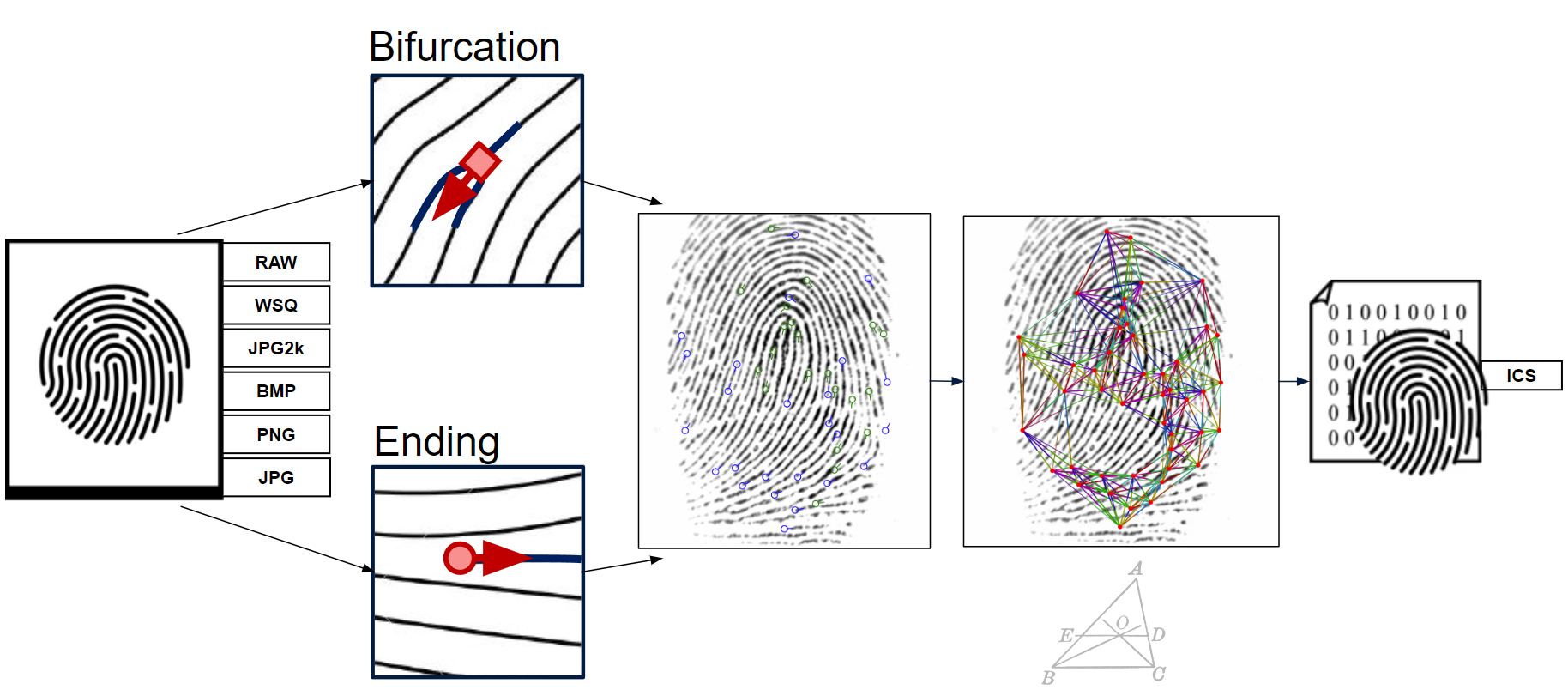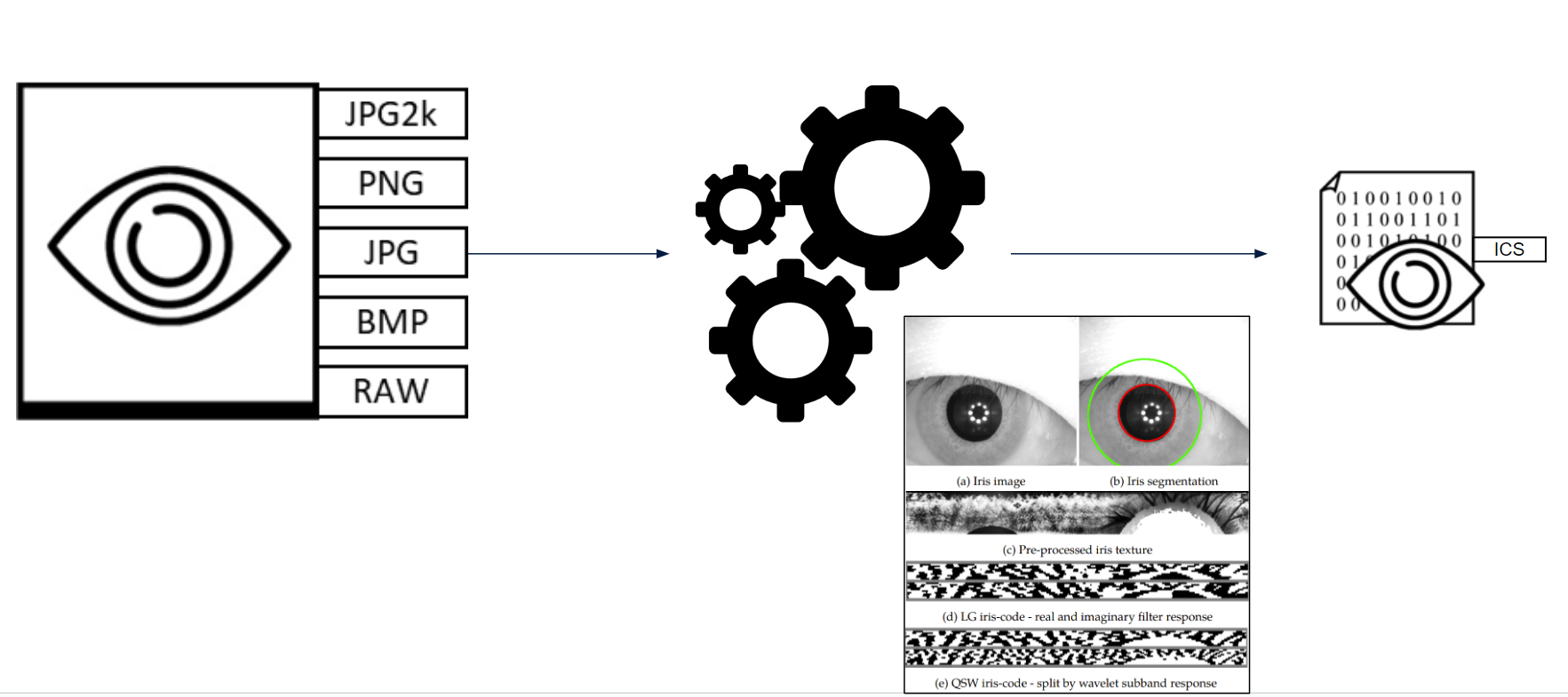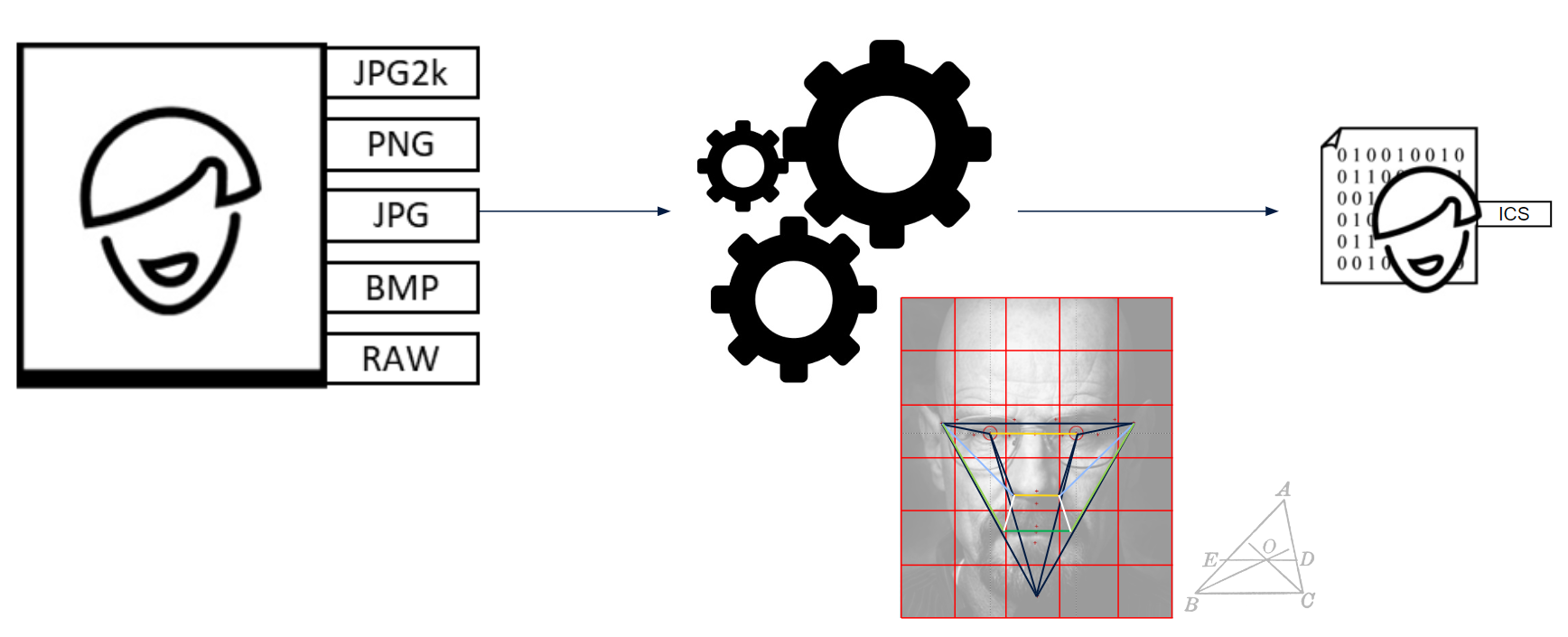Introduction
Biometrics is an [automated] recognition of [living] persons based on observation of behavioral and biological characteristics.
A field of technology and security focused on using unique biological or behavioral traits to identify and authenticate individuals.
Traditionally there are several approaches to identification. This includes identification based on tokens, knowledge and biometry modalities.
Token modalities
The tokens are different kinds of physical objects, such as ID cards, keys or even RSA key generators.
Knowledge modalities
Knowledge based identification comes from the ability to remember something that is known by you and not everybody else, such as the PIN code, passwords and passphrases.
Biometric modalities
Biometric modalities refer to the different physiological or behavioral characteristics that can be used for biometric identification and authentication. Biometrics is a technology that uses unique attributes of individuals to verify their identity. Various biometric modalities exist, each relying on a different aspect of a person’s biology/physiology or behavior. Here are some common biometric modalities:
- Physiological
- Fingerprints
- Face
- Eye Iris
- DNA
The most commonly used physiological biometrics are the faces, fingerprints, eye irises and DNA. Fingerprints, face and iris are most popular physiological biometrics. The SmartFace Platform focuses on the Face physiological modality.
- Behavioral
- Way to speak
- Way to write
- Way to move
Some widely used examples of behavioral biometrics are the voice or the signature. The SmartFace does not work with behavioural biometrics.
Physiological Modalities
Fingerprints
For example, in the case of fingerprints, it can be the position and orientation of minutiae points represented by local ridge and valley singularities, present in a fingerprint image. The most common minutiae in use are bifurcations marking the splitting of a ridge and ending of a ridge.
Iris
This is also true for our and many other iris algorithms, which is also based on neural networks and trained on iris images from various places and sensors.
Face
For a face we could use the distance between the eyes or the distribution of pixel intensities and positions of features in a facial image. In case of Innovatrics and many other vendors, we use neural networks to extract various features that were learned from millions of face samples.
Face Size
Face size is defined as a maximum of values of distance between eye centers and the distance between the center of the mouth and the center point between the eyes (nose root):
face_size = max(distance(left_eye_center, right_eye_center), distance(mouth_center, eyes_center))
Face size: visualizations of various distances of inter eyes centers distances (X=distance(left_eye_center,right_eye_center)) and distances between the center of mouth and center point between eyes (Y=distance(mouth_center, eyes_center)).
Face size is the maximum of these two distances. It can be seen from images (a), (b) and (c) that the face size (red arrow) defined in this way is invariant to the pose of the head (yaw, pitch, roll).
The face size has to be specified in absolute (pixel distance).
Characteristics of the modalities
Biometrics has 7 most commonly recognized characteristics/traits:
- universality
- distinctiveness
- permanence
- collectability
- performance
- acceptability
- circumvention
Universality
Universality in biometrics refers to the idea of whether the biometric trait being measured is present in every individual and how many people possess given characteristic. While face and iris are generally available for each person, fingerprints are often damaged by manual workers and therefore the universality for fingerprints can be lower.
Distinctiveness
Distinctiveness means that the biometric trait is unique to each individual, even among large populations. This distinctiveness is crucial for accurate identification. Fingerprints and iris patterns, for instance, are highly distinctive.
Permanence
Permanence indicates that the biometric trait remains relatively stable over time. While some traits may change with age, like facial features, they still exhibit enough permanence to be used for long-term identification.
Collectability
Collectability refers to the ease of acquiring a sample of the biometric trait for measurement. Some traits, such as fingerprints, are easy to collect, while others, like retinal scans, may require specialized equipment and cooperation from the individual being identified.
Performance
Performance relates to the accuracy and efficiency of the biometric system in recognizing and verifying individuals. A good biometric system should have a low error rate and provide quick responses.
Acceptability
Acceptability considers the willingness of individuals to use and participate in biometric identification processes. Privacy concerns and cultural factors can affect the acceptability of biometric systems.
Circumvention
Circumvention refers to the vulnerability of biometric systems to fraudulent attempts to bypass or deceive them. Biometric systems should be designed to resist various forms of circumvention, such as spoofing or using fake biometric samples.
In summary, these seven characteristics help assess and design biometric systems for their effectiveness and suitability in various applications, such as security, access control, and identity verification. A well-designed biometric system should balance these characteristics to ensure accurate and secure identification while being acceptable and convenient for users.
Tables of traits
Please see below two tables of biometric traits for biometric modalities:
| Trait | Universality | Distinctiveness | Permanence | Collectability |
|---|---|---|---|---|
| Fingerprint | Medium | High | High | Medium |
| Face | High | Low | Medium | High |
| Iris | High | High | High | Medium |
| DNA | High | High | High | Low |
Another set of traits below:
| Trait | Performance | Acceptability | Circumvention |
|---|---|---|---|
| Fingerprint | High | Medium | Medium |
| Face | Low* | High | High |
| Iris | High | Low | Low |
| DNA | Low | Medium | Low |
Maltoni, Davide, et al. Handbook of fingerprint recognition. Springer Science & Business Media, 2009.



